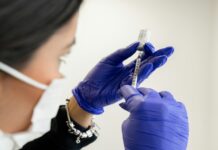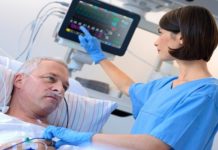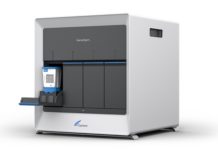The Wadhwani Institute for Artificial Intelligence in Mumbai has announced that it has secured a US patent for its AI based tool “Cough against Covid”.
The tool can effectively screen for COVID-19 based on cough sounds. In what could be a real breakthrough for more efficient, effective COVID-19 testing, the AI tool can even identify asymptomatic individuals – those who have the infection but without a cough or any obvious symptoms.
The results are instantaneous and the tool works on a basic smartphone. It does not require an app, special device or trained personnel. Commenting on this breakthrough, Dr. Rahul Panicker, Chief Research and Innovation Officer, Wadhwani Institute for Artificial Intelligence, said, “Testing for COVID-19 has been a major challenge since the start of the pandemic. This prompted us to think about how we could use AI to develop a
non-invasive COVID-19 testing tool that was affordable and accessible to a large population. After months of hard work, we are proud to present our patented Cough against Covid AI tool that can identify both symptomatic and asymptomatic individuals. We believe it will help health care and civic authorities speed up testing and also focus their resources better, by filtering out patients with Covid-19 – like symptoms but without the infection. We will continue to work towards making it accessible to those who need it most. We also plan to share our research widely so that people around the world can benefit from the tool.”
Having achieved a balance between high sensitivity and low specificity, Wadhwani’s AI tool can be used as a COVID-19 triaging tool. It is expected that the tool can increase the testing capacity of a healthcare system by 43% without additional supplies, trained personnel, or physical infrastructure (at assumed disease prevalence of 5%).
















